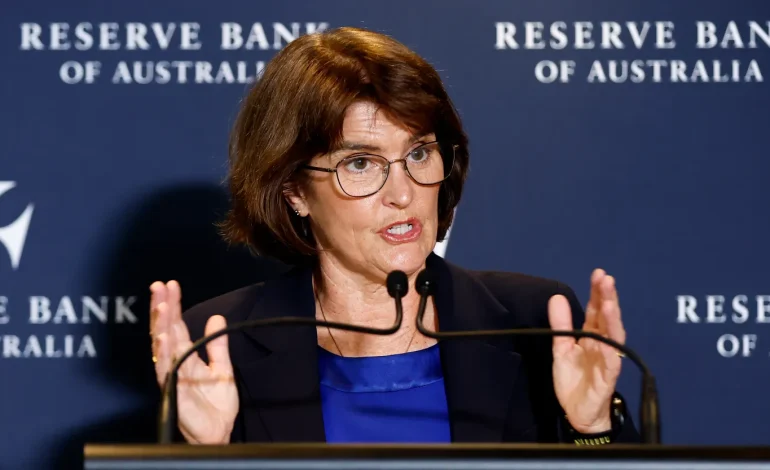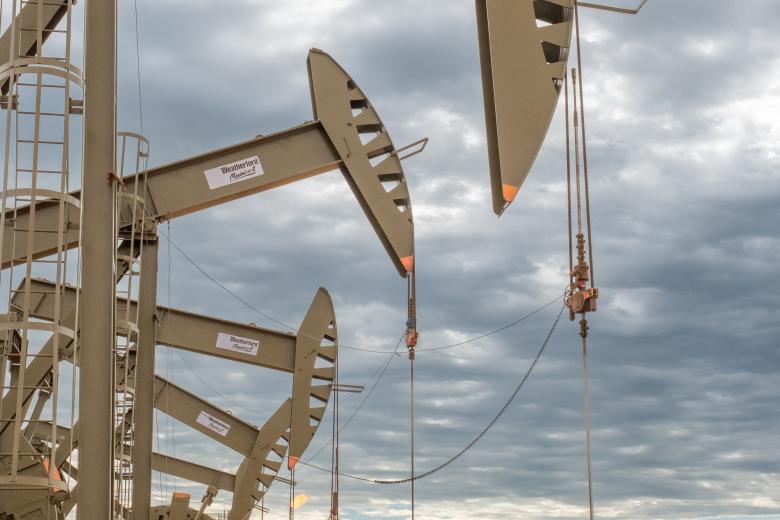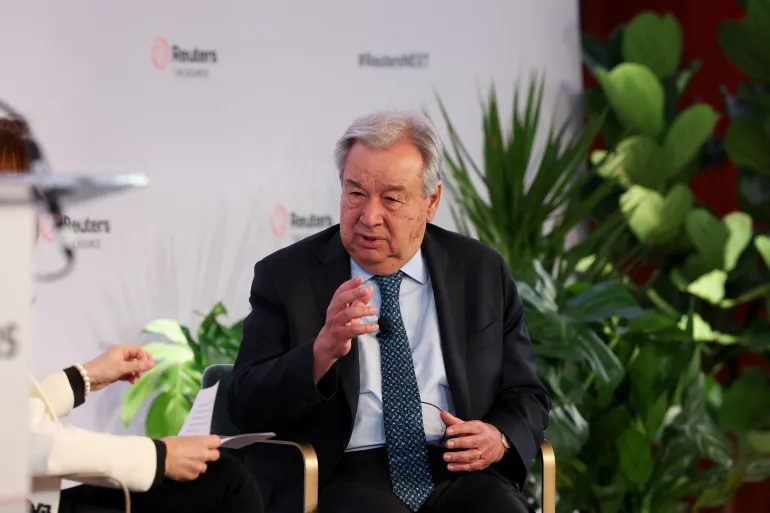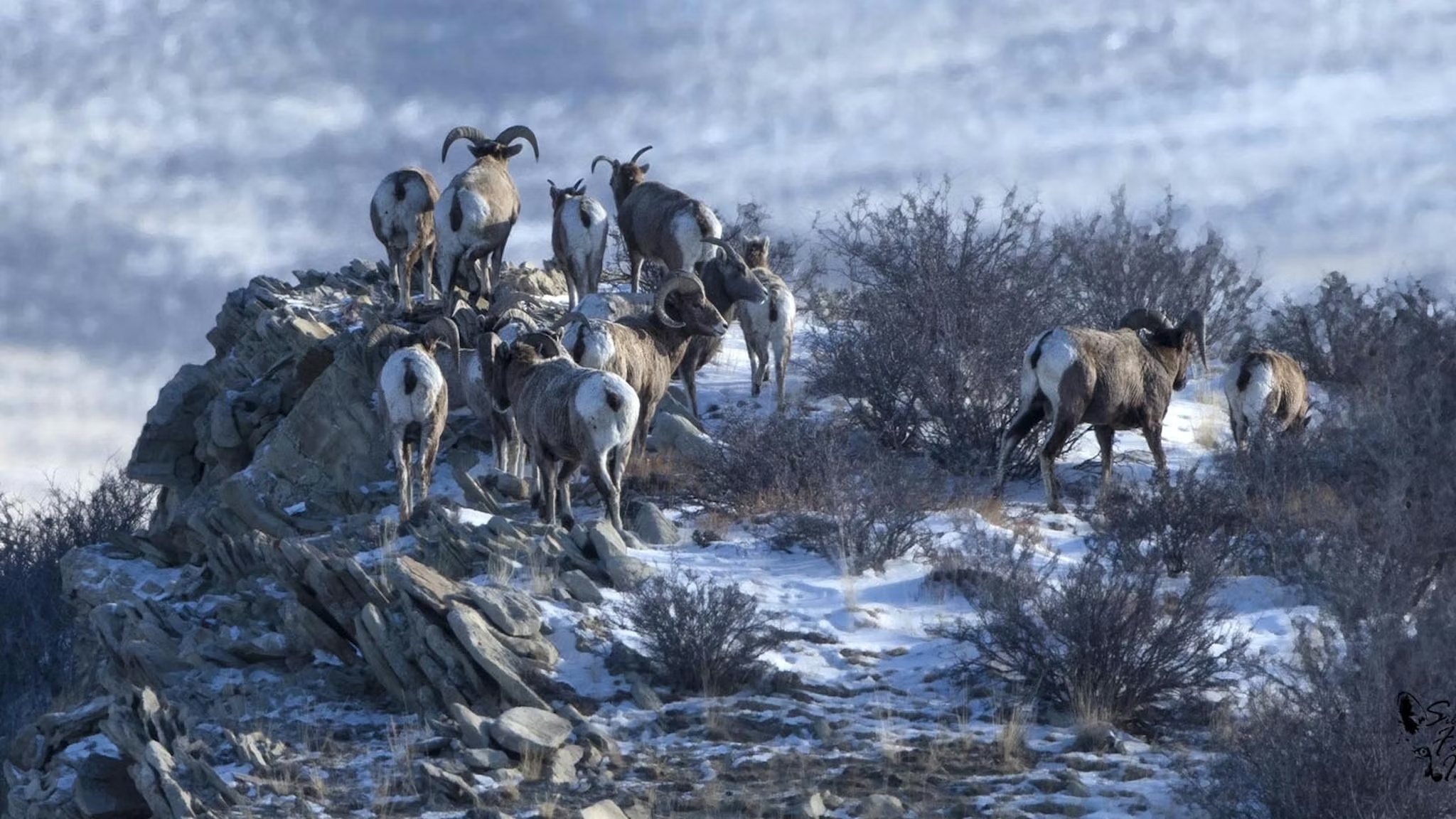Australia’s Central Bank Lowers Policy Rate to Two-Year Low Amid Easing Inflation and Trade Uncertainties

The Reserve Bank of Australia (RBA) reduced its key interest rate by 25 basis points on Tuesday, bringing the policy rate down to 3.85%, the lowest level since May 2023.
This move reflects a continued easing of inflation pressures in Australia while highlighting growing concerns about global trade tensions and their potential impact on the domestic economy.
The decision was widely anticipated by economists, with Reuters polling predicting the quarter-point cut. The RBA noted in its monetary policy statement that upside risks to inflation have “substantially” diminished, allowing room for monetary policy easing. However, uncertainty remains regarding global trade policies, which are expected to weigh on economic growth.
Australia’s headline inflation has been steadily declining, reaching a four-year low of 2.4% in the first quarter of 2025, comfortably within the central bank’s target range of 2% to 3%. The RBA forecasts inflation to rise somewhat in the second half of 2025 as temporary government subsidies expire, before settling near the midpoint of the target range in subsequent years.
Despite the improved inflation outlook, the RBA cautioned that household consumption may recover more slowly than anticipated, which could dampen overall demand and lead to a more pronounced weakening in the labor market. This has led some economists to predict further rate cuts later in the year. For instance, Abhijit Surya, senior APAC economist at Capital Economics, suggested the RBA may cut rates beyond current market expectations, although he believes the central bank may have overestimated the economic impact of ongoing trade tensions.
The Australian economy showed signs of resilience with a 1.3% year-on-year GDP growth in the fourth quarter of 2024, marking its first expansion since September 2023. Nonetheless, analysts have raised concerns about downside risks stemming from geopolitical and trade uncertainties. HSBC analysts, for example, cited ongoing volatility in global markets and disruptions caused by US tariff policies, which have been partially rolled back following negotiations with China.
The tariff-related uncertainties, often referred to as “Liberation Day” tariffs introduced by former US President Donald Trump, have increased caution among investors and policymakers alike. Carl Ang, Fixed Income Research Analyst at MFS Investment Management, pointed to these risks as a key factor influencing the RBA’s dovish stance, forecasting that the cash rate could fall further to around 3.1% by early 2026.
Following the rate cut announcement, the Australian dollar weakened by approximately 0.8%, and yields on three-year government bonds dropped notably. Governor Michele Bullock acknowledged the board’s discussions about possibly larger rate cuts but affirmed that a 25-basis-point cut was appropriate at this time. She emphasized confidence in the decision while noting the unpredictable nature of future economic developments.
The RBA’s cautious tone reflects broader global economic challenges, including disrupted trade flows, fluctuating commodity demand, and shifting labor market dynamics. Despite a mixed domestic data flow—with soft consumer spending but a robust job market—the central bank remains vigilant about inflation risks linked to wages and firm pricing behaviors.
In its quarterly Statement on Monetary Policy, the RBA projected slower growth, lower inflation, and slightly higher unemployment ahead, partly due to the ongoing fallout from global trade tensions. The bank also highlighted the disinflationary effects of the US-China tariff disputes, suggesting these developments could ease inflationary pressures in Australia despite dampening overall growth.









The latest news in your social feeds
Subscribe to our social media platforms to stay tuned